Hawai'i is known for its stunning beaches and greenery, but there's a unique spot that stands out: the Hawai'i Volcanoes National Park.
Here, you can literally feel the Earth's warmth due to the active volcanoes beneath. These volcanoes aren't just natural wonders; they are significant in Hawai'i's history and culture. They're symbols of the island's stories and past.
If you're thinking about visiting or just curious, this park is a must-see. In this article, we'll cover what makes it special, some history, and tips for those wanting to check it out.
So, get ready to learn more about one of Hawaii's coolest attractions!
Sacred Cauldron: Honoring Pele
Kilauea, one of Earth's most active volcanoes, isn't just a spectacle of natural power; it's a sacred realm believed to be the dwelling place of the Hawaiian goddess Pele.
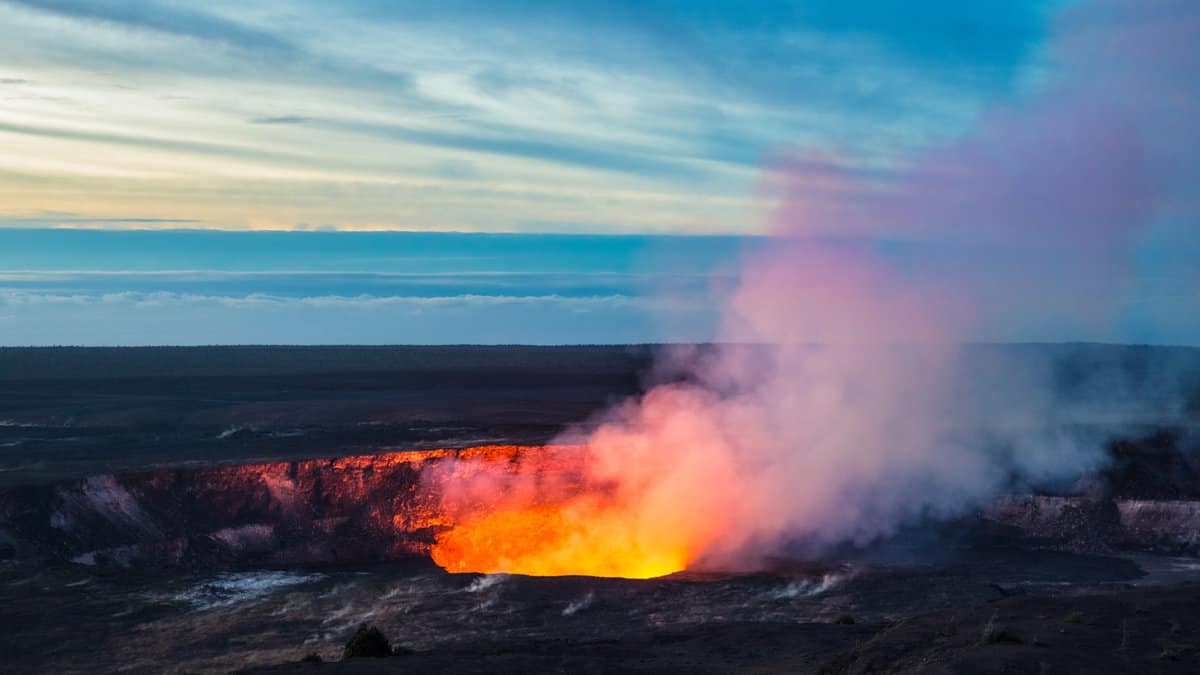
Witnessing the ceaseless flow of lava is not merely an awe-inspiring visual feast but an encounter with the eternal cycle of creation and destruction cherished in Hawaiian lore.
Why Hawai'i Volcanoes National Park is Special
Hawai'i Volcanoes National Park, established in 1916, hosts two of the world's most active volcanoes, Mauna Loa and Kilauea, offering a rare glimpse into the geologic forces that shape our planet.
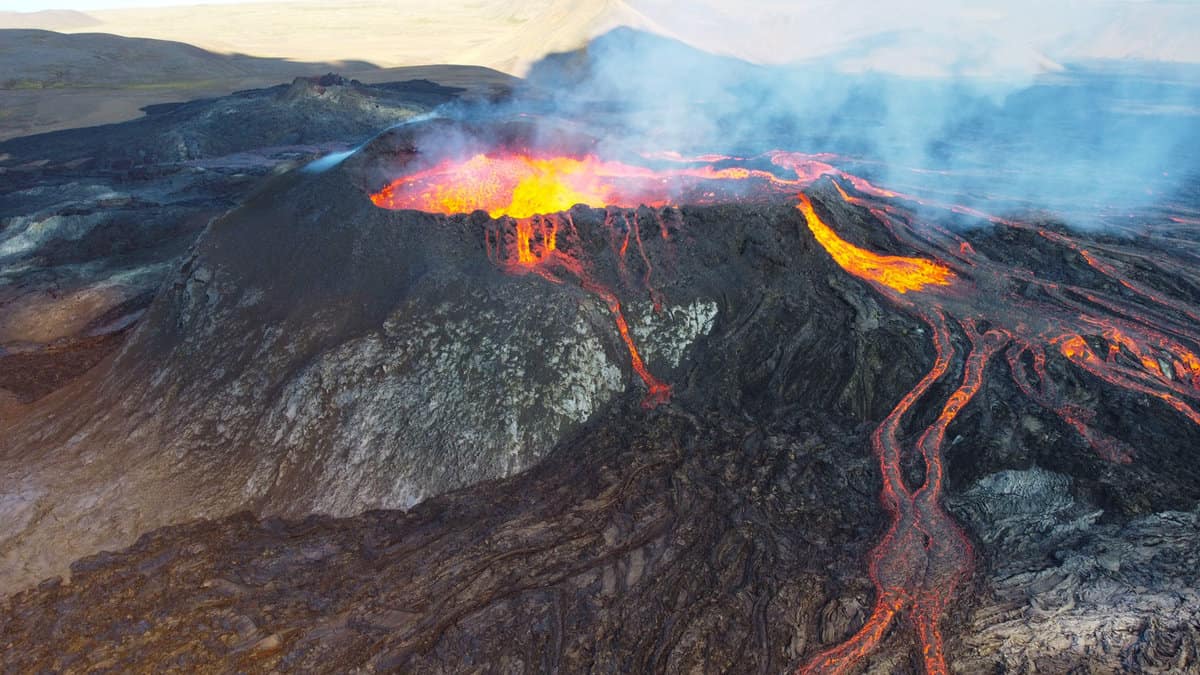
The park’s diverse landscapes range from sea level to Mauna Loa's summit at 13,677 feet, showcasing a variety of ecosystems.
Visitors can experience unique hiking and camping adventures amidst recent lava flows, lush rainforests, and stark volcanic terrains.
The continuous volcanic activity and the insights it provides into the Hawaiian Archipelago's geologic origins make this park a significant and unique landmark in America.
Can't-Miss Experiences
If you're planning a visit, the Crater Rim Drive is a must. This route offers breathtaking views of Kilauea Caldera, and the nearby Visitor Center provides invaluable insights into the park's geology and history.
For a touch of culture, the Volcano Art Center, housed in a historic building, showcases local Hawaiian artistry.
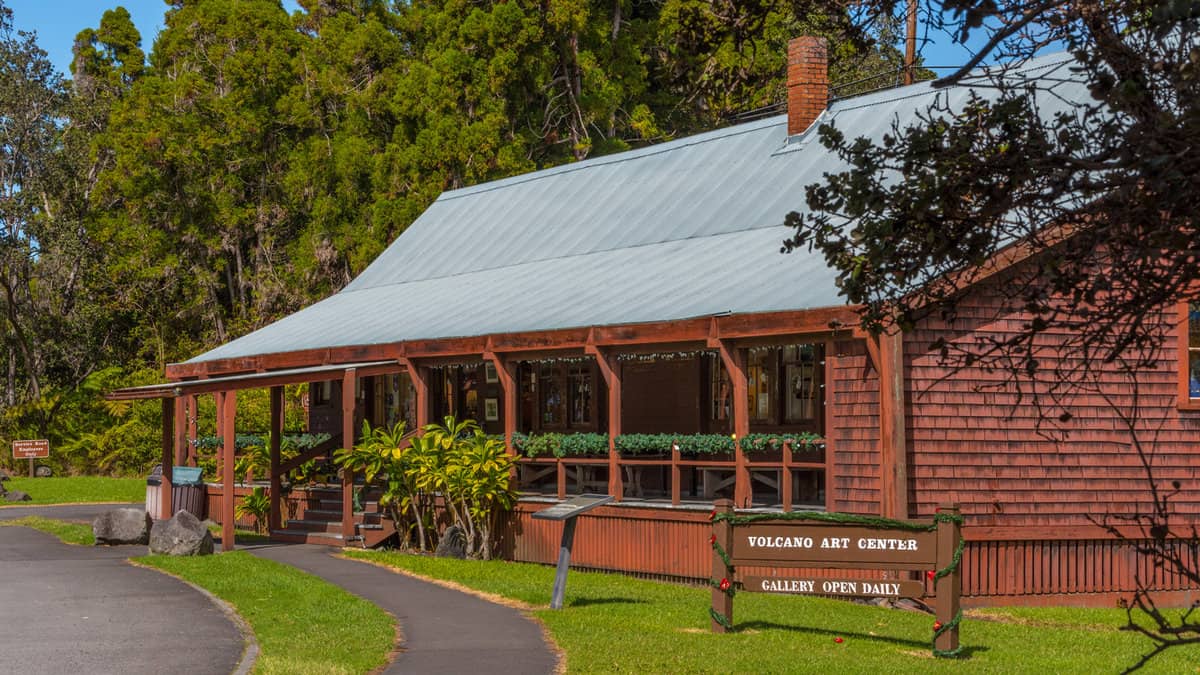
For the intrepid, the summit of Mauna Loa beckons. Though the climb is demanding, the views from atop are unparalleled. Alternatively, the Kau Desert Trail offers a glimpse into the park's diverse ecosystems.
Every visit is an opportunity to learn and appreciate nature and culture. The "Hawaii’s Hottest Events of 2023" article also lists vibrant events across the islands, adding a cultural dimension to your Hawaiian adventure.
Resting Spots Amidst the Volcanoes
Hawai'i Volcanoes National Park boasts accommodations that cater to varied preferences.
The historic Volcano House, perched on the rim of Kilauea caldera, offers guests panoramic views and a rich history. The elegant Volcano Village Lodge is just two miles outside the park's boundaries.
For those who appreciate the outdoors, the park provides two drive-in campgrounds: Namakanipaio and Kulanaokuaiki. These options ensure visitors have a comfortable base while experiencing the park's wonders.
Getting to Hawaiʻi Volcanoes National Park
Reaching Hawaiʻi Volcanoes National Park is easy. The park is located on the Big Island of Hawaiʻi. Here are the steps to get there:
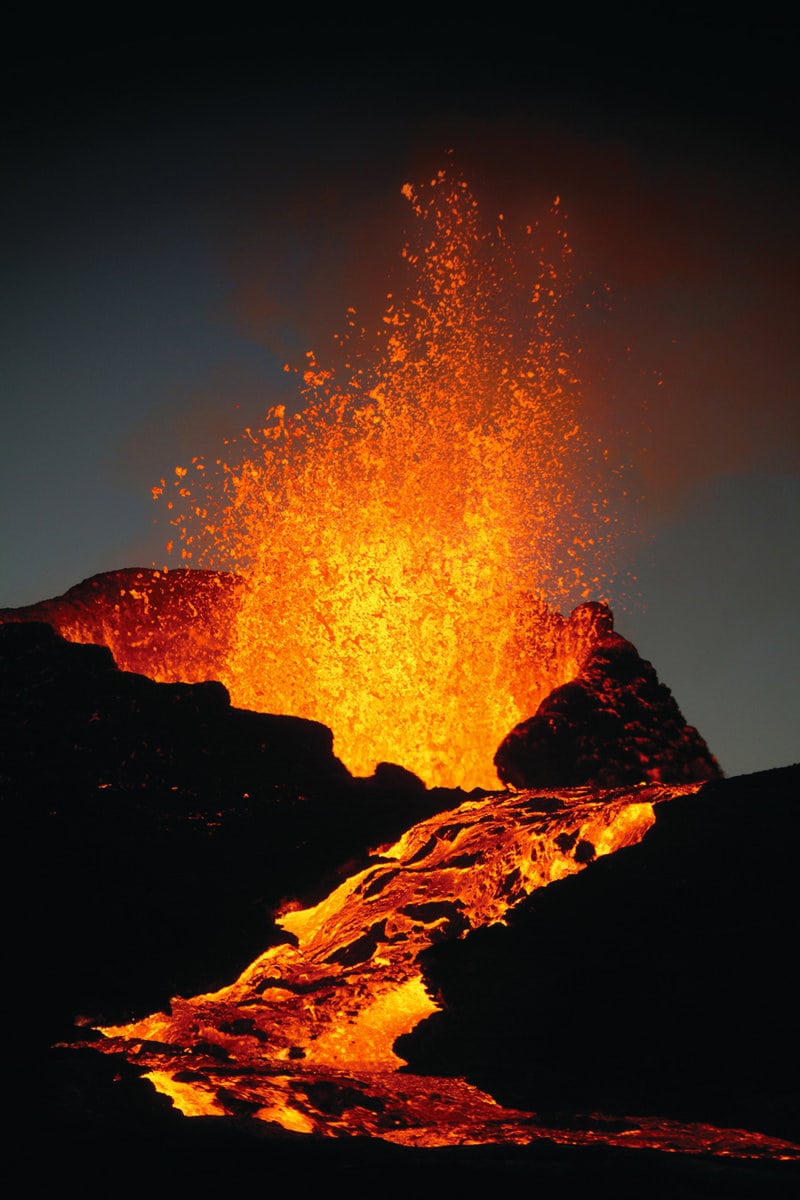
By Air
- Fly into one of the major airports on the Big Island of Hawai'i—either Hilo International Airport (ITO) or Kona International Airport (KOA).
Car Rental
- Renting a car is the most convenient way to get to the park and explore the island. Car rental services are available at both airports.
Driving Directions
- From Hilo: It's a 30-mile, approximately 45-minute drive southwest on Highway 11 to the park.
- From Kailua-Kona: Drive 95 miles southeast on Highway 11 for a 2 to 2.5-hour journey, or take a longer route of 125 miles through Waimea and Hilo via Highways 19 and 11, which will take 2.5 to 3 hours.
- From Waikoloa: A 90-mile drive southeast on Highway 200 will take about 2 hours.
Guided Tours
- Various tour operators offer guided tours to the park from different parts of the Big Island, including transportation.
From Honolulu (Oahu)
- If you are coming from Honolulu, you can take a flight to either Hilo or Kona airports and then proceed by car rental or taxi to the park.
Additional Tips
- Highways circle the island's perimeter, providing easy access to the park from major airports at Kona and Hilo.
- There is no shuttle bus or public transportation within the park, so having a car is advantageous.
- Make sure to check the park's official website or contact the visitor center for the latest travel advisories and road conditions before planning your visit.
Entry Fees and Pass Options for Hawai'i Volcanoes National Park
The entrance fees for Hawai'i Volcanoes National Park are $30 per private vehicle, $25 per motorcycle, and $15 per individual on foot or bicycle for a 7-day pass.
Children under 15 enter for free. Commercial vehicles are charged based on seating capacity, ranging from $40 - $75 for sedans (1-6 seats), $100 for mini-buses (16-25 seats), and $200 for motor coaches (26+ seats).
Starting May 26, 2023, only credit or debit card payments will be accepted for entrance fees and passes, with cash no longer being an option.
For frequent visitors, annual passes like the America the Beautiful—National Parks and Federal Recreational Lands Annual Pass or the Hawaiʻi Annual Tri-Park Pass are available, offering a cost-effective way to enjoy the park.
Preserving and Honoring the Park's Legacy
The expansive 323,431 acres of the park, of which over half is designated wilderness, have been recognized globally.
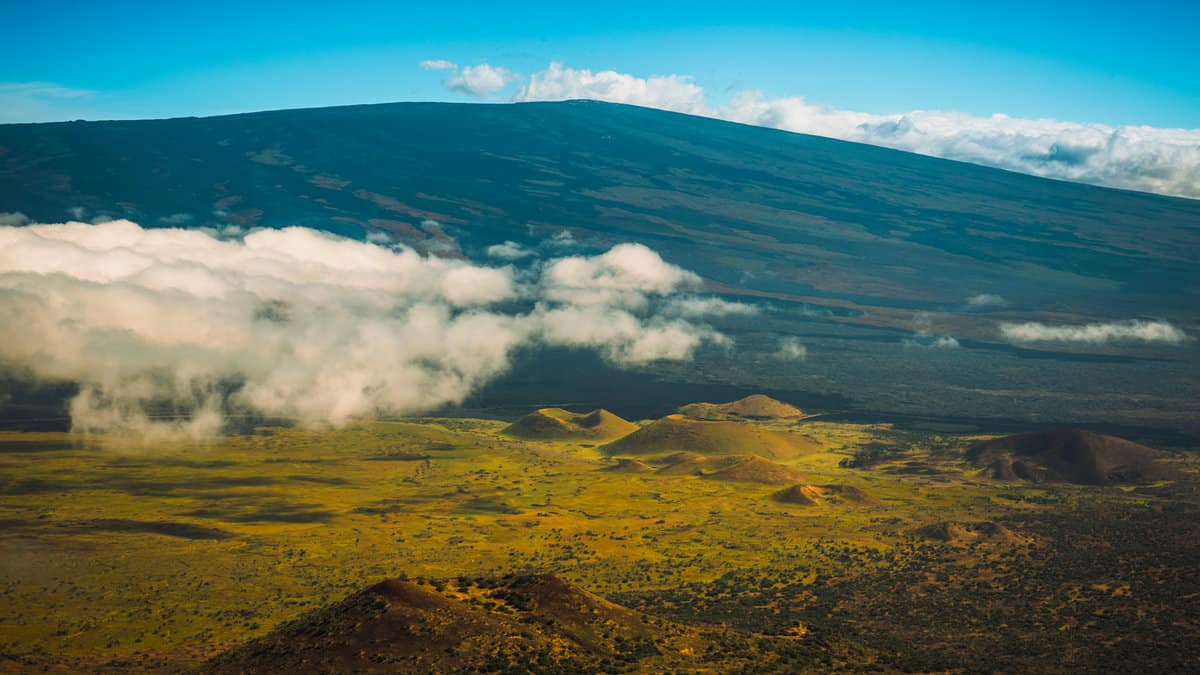
In 1980, it was designated an International Biosphere Reserve, and by 1987, it gained the title of a World Heritage Site.
And while the park sees a significant influx of visitors, approximately 2 million annually, its geological wonders remain well-preserved. The National Park Service, under the Organic Act of 1916, oversees the park's management.
They not only ensure that the geologic values are protected but also maintain the park's ecological integrity against threats like invasive species.
Step Into A Dynamic Landscape
So, that’s the scoop on Hawai'i Volcanoes National Park! It's a place packed with amazing sights and deep-rooted stories.
By visiting, you get to learn about the awesome forces that shape our planet and connect with Hawai'i’s unique culture.
Why just read about it? Go ahead, step into an adventure, and feel the wonders of this vibrant park for yourself!
While Hawai'i Volcanoes National Park showcases the dynamic nature of shield volcanoes, if you're curious about other types of volcanic phenomena, such as supervolcanoes, you might like our article on 'Yellowstone’s Supervolcano: Understanding The Science And The Myths.'
